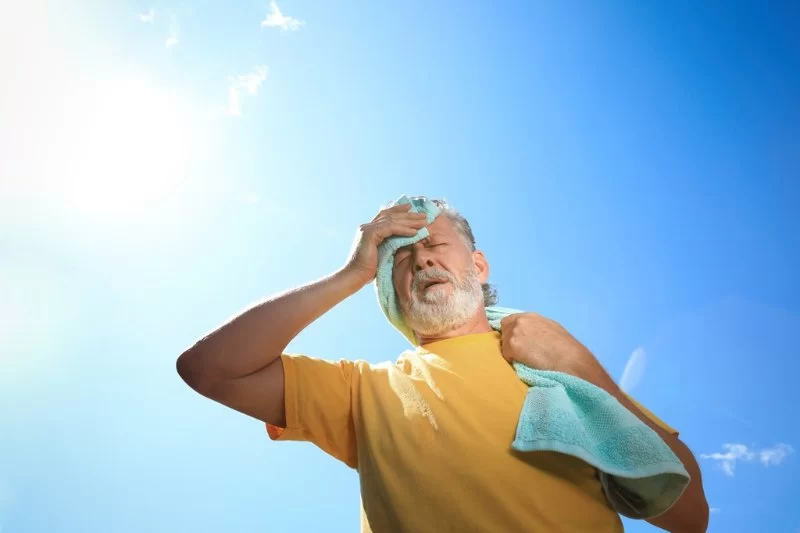How to Deal with Sunburn and Heatstroke While Camping
- recognizing-the-signs-of-sunburn-and-heatstroke
- preventive-measures-while-camping
- treatment-for-sunburn-in-the-wilderness
- handling-heatstroke-and-heat-exhaustion
- real-camping-stories-and-lessons-learned
- smart-packing-tips-for-hot-weather-camping
1. Recognizing the Signs of Sunburn and Heatstroke
Understanding the early signs of sunburn and heatstroke while camping can be the difference between a safe trip and a dangerous emergency. Sunburn typically begins with red, tender skin, while heatstroke can sneak up with symptoms like dizziness, nausea, rapid heartbeat, and even confusion or fainting. If untreated, both conditions can become serious fast—especially when you’re far from medical help.
2. Preventive Measures While Camping
Prevention is always better than cure. When camping under the blazing sun, wear light-colored, breathable clothing, a wide-brimmed hat, and high-SPF sunscreen—reapplying every two hours or after swimming. Set up your tent or base in shaded areas when possible, and limit physical exertion during peak sunlight hours (10 AM to 4 PM).
Hydration Matters
Dehydration increases your risk of both sunburn and heatstroke. Carry a hydration bladder or large water container, and drink regularly—even if you don't feel thirsty. Include electrolyte-replenishing drinks or tablets, especially for strenuous hikes in direct sun.
3. Treatment for Sunburn in the Wilderness
If you or someone in your group develops sunburn while camping, act quickly. Move into shade or a cool area. Use aloe vera gel or a burn cream to soothe the skin, and apply cold compresses using soaked bandanas or towels. Avoid further sun exposure until the skin heals and stay well-hydrated. Severe sunburns with blisters or fever require professional care—so be prepared to seek help if needed.
4. Handling Heatstroke and Heat Exhaustion
Heatstroke is a medical emergency. If someone shows signs like flushed skin, a racing pulse, or confusion, they need help immediately. Move them to a shaded or cool spot, remove extra clothing, and cool their body with wet towels, fanning, or ice if available. Do not give them fluids if they’re unconscious or vomiting. If the symptoms are mild and caught early, rest and hydration in a cool environment may be enough.
Difference Between Heat Exhaustion and Heatstroke
Heat exhaustion includes heavy sweating, fatigue, and mild nausea. If untreated, it can escalate into heatstroke. Rest, hydration, and cooling measures can reverse heat exhaustion—so catch it early!
5. Real Camping Stories and Lessons Learned
In a popular Reddit camping thread, a hiker shared how they misjudged the sun exposure on a cloudy day in Utah. After a long trek without sunscreen, they ended up with severe burns and had to leave early. The experience led them to always pack a shade tarp and invest in sun-protective gear. Real experiences like this emphasize that sunburn and heatstroke aren’t just desert problems—they can happen anywhere.
At Pine Cliff Resort, our team often assists guests with preparedness tips, especially during summer months. We've even added shaded rest areas along trails and hydration refill points to support heat safety during peak season.
6. Smart Packing Tips for Hot Weather Camping
Your gear makes a big difference. Pack sunscreen (SPF 50+), electrolyte tablets, a cooling towel, and breathable clothing. Bring a first aid kit with burn ointment and hydrocortisone cream. It’s also wise to include a small battery-operated fan, a solar tarp for portable shade, and at least two liters of water per person per day. When you plan ahead, you empower yourself to handle the unexpected.
Need to stock up before your next trip? Pine Cliff Resort offers curated summer camping essentials that are tried and tested by seasoned adventurers.







